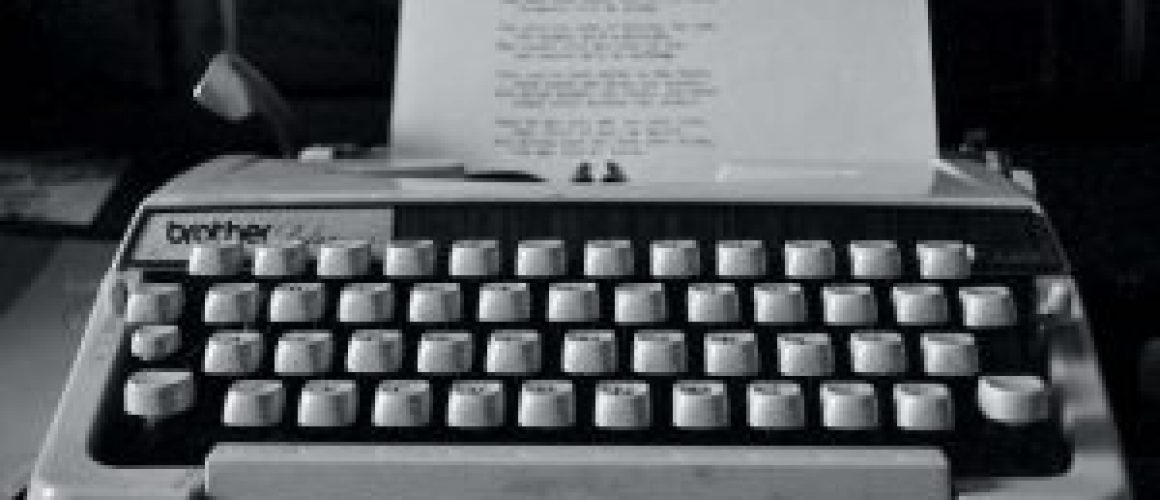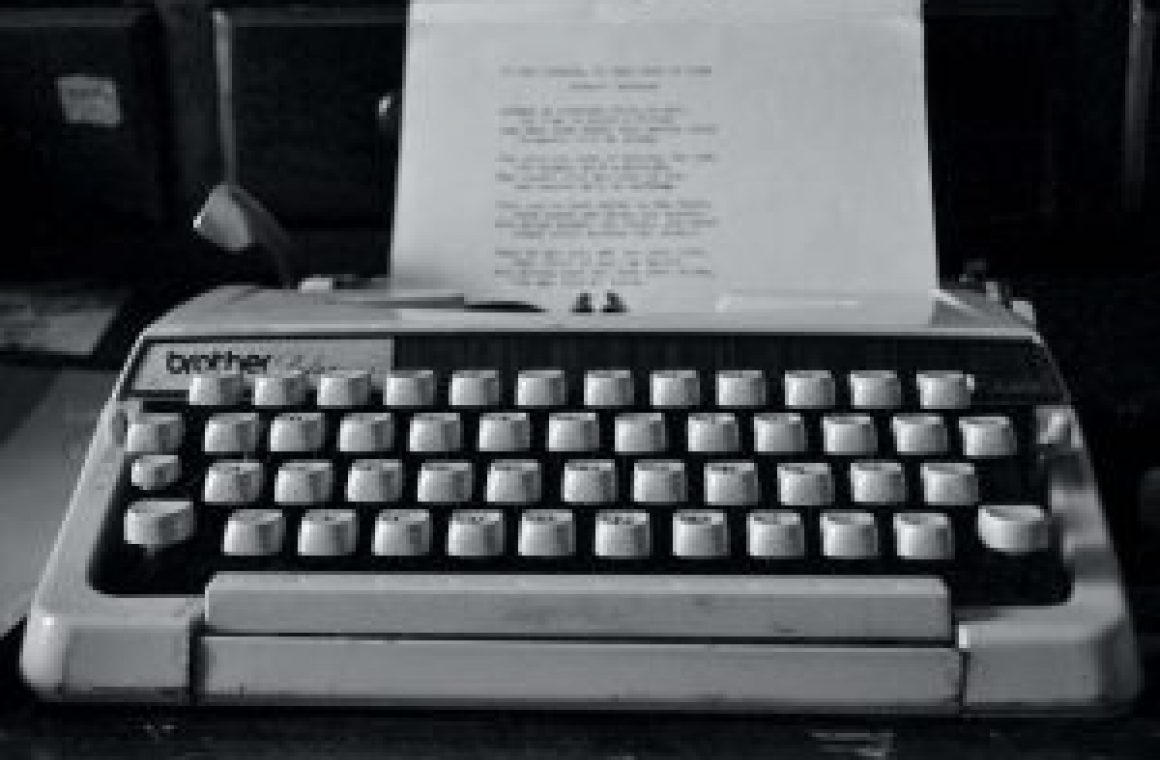There are different types of documents that are used in business in this modern world. We shall however discuss letters. These type of letters must be written in such a way that, whoever reads or receives it would know that it is coming from an authentic source.
Business Letters
A business letter is a document that is written by an individual to an organization, by an organization to an individual or groups of individuals or written by an organization to another organization. It always contains the addresses of both the sender and the one to whom it is being written, otherwise referred to as the addressee or recipient.
Characteristically, all business letters contain items which include sender’s address, date, reference notations, attention line, inside address, salutation, subject/title, the body of the letter, complimentary close, signature, writer’s name/designation, attachment, and copy notation.
Sender’s address
This is the address of the person, organization, or authority that is writing the letter. It is always typed without the name or designation of the writer appearing at the top of the address.
Date
The date is the date on which the letter is being written. It can be typed with the open or closed punctuation style but whichever is used, the date should never end in a full stop.
With the closed punctuation style, the day of the letter is followed by st (for 1, 21, and 31 – e.g. 1st, 21st, 31st), nd (for 2 and 22 – e.g. 2nd, 22nd), rd (for 3, 23, – e.g. 3rd, 23rd). All other days take the th – 4th, 5th, 12th, 20th, 30th, etc.). The month of the letter is always followed by a comma (,). E.g: 23rd March, 2020
When the open punctuation style is used, nothing follows the day of the month and no comma follows the month. (e.g. 1 September 2017)
References notations
There are two references that may be used. These are our reference (usually written as Our Ref) and your reference (usually written as Your Ref). Our reference is the reference notation of the writer, which always appears first, followed by the reference of the recipient. They are both typed on separate lines with one clear line in between them. The references do not end in a full stop or any other punctuation mark/sign. The reference notations are always typed from the left margin.
Attention line
An attention line is used when the letter is to be handled by a named person. The writer can use for the attention of, personal private, or simply attention. It is typed with initial capital and must be underlined, two spaces before the insider address. And must start from the left margin.
Inside address
The inside address is the address of the person or organization the letter is being written to. This can also be called the addressee’s address or the recipient’s address. This address must always be typed from the left margin. It is typed with mixed characters – i.e. initial capitals and lower case characters. It is advisable to type the address in single line spacing with the name or designation of the recipient on top of the address.
A person’s name, or executive title, should not be abbreviated in the middle address. Courtesy titles (e.g. Mr. Mrs. Dr.) etc, can however be abbreviated. Where a letterhead is being used and there are abbreviations, these should be maintained. Names of cities should be written in full – e.g. Kumasi (not K’si), Tamale (not T’le), Takoradi (not Tdi). Sunyani (not Syi)
The salutation
A salutation is a form of greeting which follows a convention.
- Dear Kwaku (Ordinary)
- Dear Madam, Dear Mr. (Social-Formal)
- My dear Mr… (More formal)
- Sir, Madam (Extremely formal)
- Gentlemen (Company)
It always be remembered to capitalize the first word and the first word of any other name or noun. Also, ‘Dear Sir’ is allowed even if the company is made up entirely of women.
The most modern style, adopted by the Americans, is referred to as SALUTOPENING which dispenses with the use of salutation. When this styled is used, the letter does not end with a complimentary close.
Heading/Title/Subject
The heading, title or subject gives an idea of what to expect in the letter. These are not sentences and should not end with full stops.
The Body
The body of the letter is typed two lines below the heading in paragraphs. It conveys the information that is being communicated.
Complimentary close
The complimentary close shows that the letter has ended. It is typed two spaces below the last line of the body of the letter and always takes a full line. Only the first letter of the complimentary close is capitalized. When the closed punctuation style is used, the complimentary close should always be followed by a comma. No comma is however is used when the open punctuation style is used.
Signature
Some five or six spaces are left after the complimentary close for the signature of the writer. The signature authenticates the source of the letter. No letter can be dispatched without a signature, even if it is a scribble or a thumbprint.
Designation/name
At the end of the letter, the source is indicated by writing either the name of the writer or his designation.
Attachment
The attachment is also referred to as the enclosure. It is a document that is typed and added to the main information contained in the letter. It gives additional information which the writer wished to convey but which could not conveniently be included in the body of the letter. It is typed from the left margin, two spaces after the designation and could be abbreviated as attmt or enc. Only the initial letter is capitalized but the whole abbreviation should be underlined.
Copy notation
The copy notation is an item that indicates that aside the main recipient of the letter, copies have been sent to other persons or places that are indicated. A list of all recipients are typed to let the addressee know those who have been copied. E.g. CC: Operations Office, or All Supervisors, etc.




